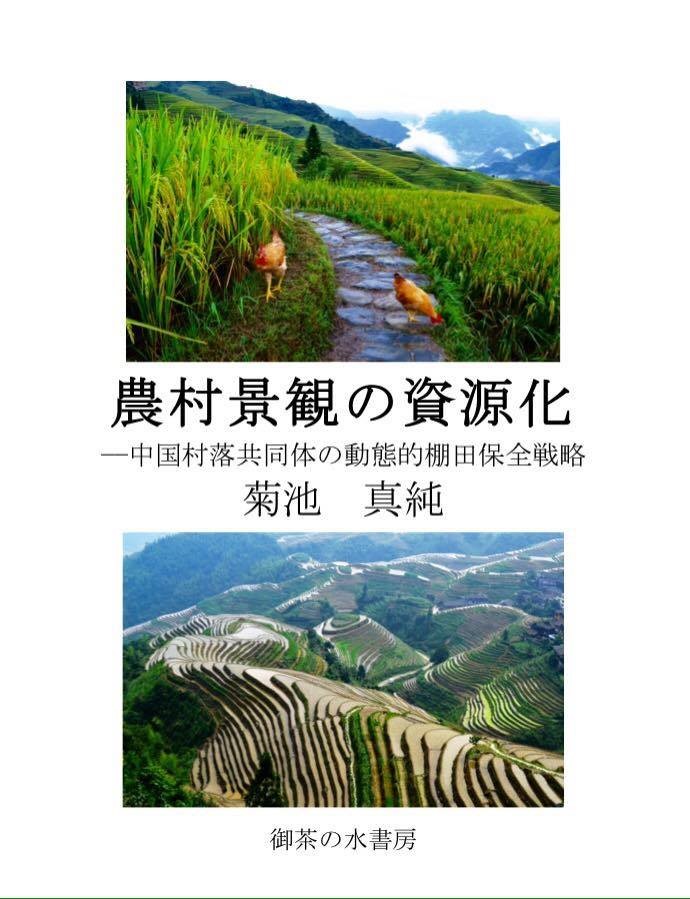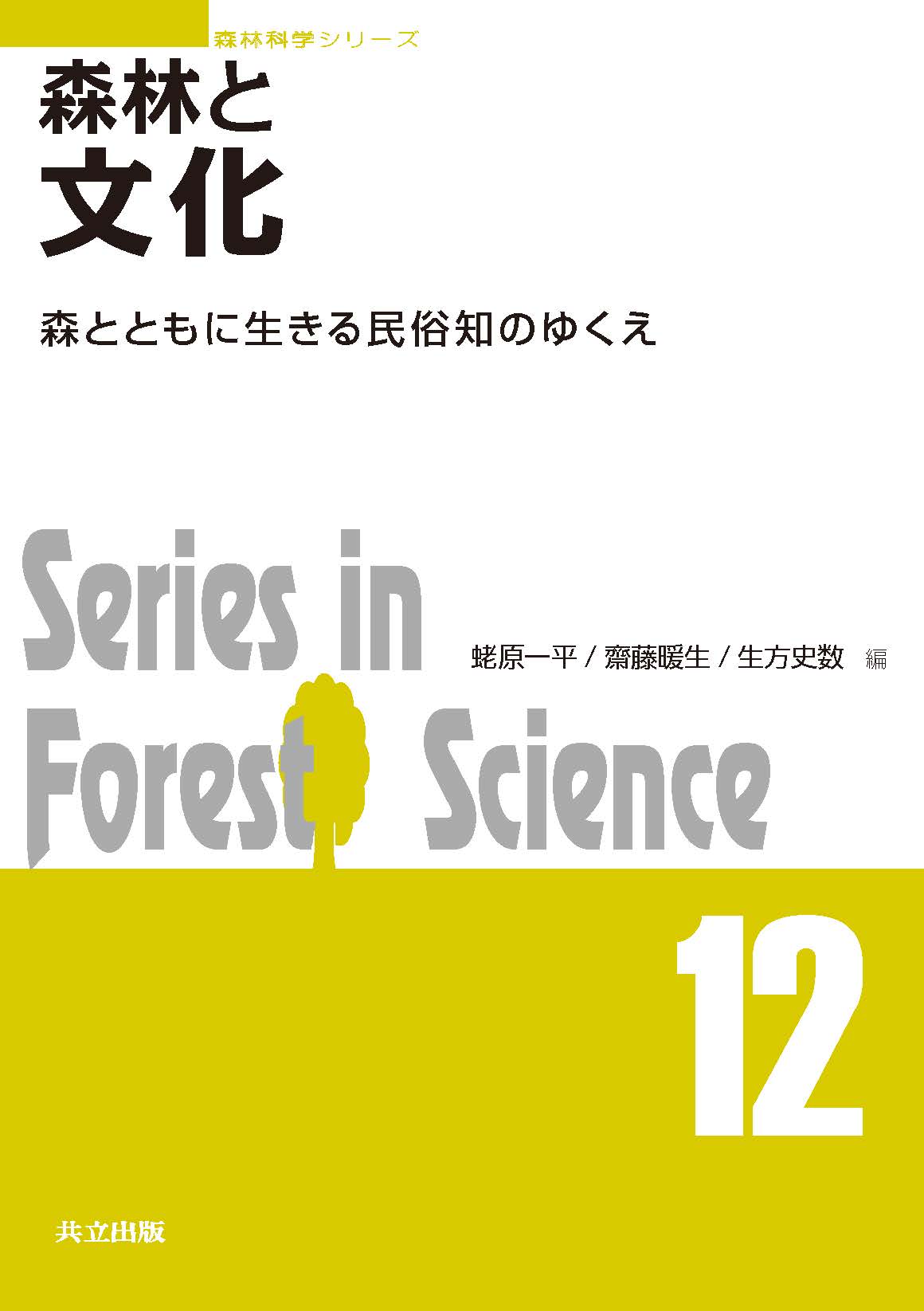
Title
Nouson-Keikan no Shigen-ka (Process of the Rural Landscape as New Resource – The Dynamic Strategy for Rice Terracces Conservation in Chinese Village Communities)
Size
380 pages
Language
Japanese
Released
September 27, 2016
ISBN
978-4-275-02052-9
Published by
Ochanomizu Shobo
Book Info
See Book Availability at Library
Japanese Page
Although the multifaceted functions of agriculture are emphasized and the beauty of rural landscapes is highly appreciated, few farmers are able to make a living from such landscapes. This book asks whether it is possible for farmers to create livelihoods sustained by a rural landscape within a market economy amidst agricultural decline and the impoverishment of rural communities. To achieve this aim, "Resourcification of the Rural Landscape," which forms the title of this book, is necessary. "Resourcification of the Rural Landscape" is considered using field surveys.
The survey sites featured in this book focus on the cultivation of terraced rice paddies by minority populations in the Longsheng rice terraces of the Guangxi Zhuang Autonomous Region in China; these populations have lived almost entirely self-sufficiently for over 600 years; local surveys were conducted by focusing on interviews with the leaders, local residents, and travelers of each village. Various papers written in years past have been compiled in this book.
Amidst changes to society and markets and to individuals’ values and demands, changes have also been seen in what things are viewed as resources, and the ways in which communities handle those resources. This study shows the processes by which individuals generate resources from rural landscapes amidst social change and addresses questions about how individuals’ values about rural landscapes, their methods of management, resource distribution, and the actors that relate to them have shifted; it also addresses whether it is possible to dynamically preserve rural landscapes and, in so doing, what types of development can be sought for mountainous rural communities.
In the background to the creation of rural landscapes is the existence of traditional village communities. The bounds of village communities in this study can be viewed as units for the management and distribution of natural resources such as forests, water sources, and farmland. Specifically, these consist of multiple traditional natural settlements and groups of people within a region or village. This management and distribution of natural resources can be seen today as well; however, present-day appreciation of rural landscapes from outside the region has changed rural landscapes into travel-industry resources, and the dynamic actors surrounding these new resources are diversifying and their boundaries expanding. In other words, with a basis in the traditional village communities, new actors such as local government, travel companies, academics, and travelers are being added as community members; further, it is on the basis of traditional village communities that we consider these new village communities with expanded scope and scale.
(Written by KIKUCHI Masumi, Project Associate Professor, Graduate School of Arts and Sciences / 2019)



 Find a book
Find a book


